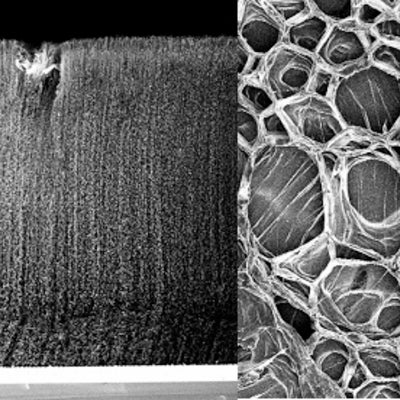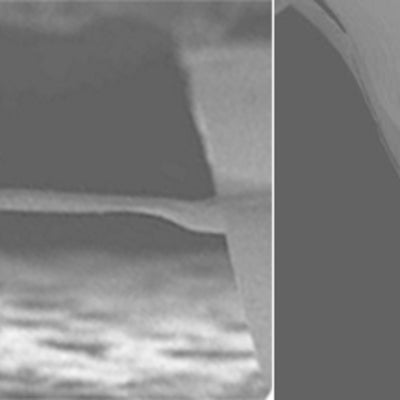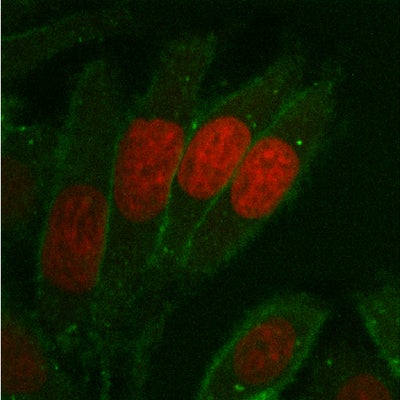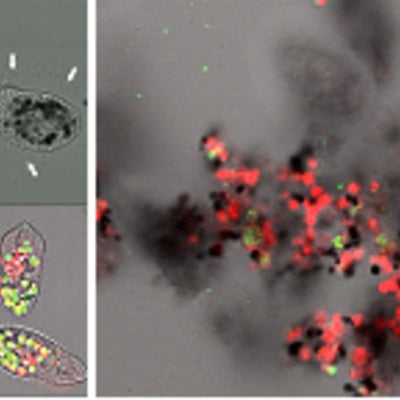Central to our effort is the creation of materials and devices based on graphene, carbon nanotube, and their chemical derivatives, primarily for biomedical applications. Current projects are listed below.
Nanoporous Membranes and Nanofluidic Devices
Membranes and devices with sub- 10 nm pores that restrict the flow of ions or molecules in transport media can find a vast range of applications in food processing, bioreactors and biotechnology, natural gas purification, fuel cell, and water purification. The aim is to design such membranes and devices using carbon nanotube, graphene, and graphene oxide to achieve enhanced hydrodynamic, gaseous, and electrokinetic transport while maintaining high selectivity. Chemical functionalization of the carbon nanostructures can further render “smart” devices allowing in-situ control of permeation and selectivity characteristics.
Carbon Nanotube Biosensors
This research thrust is motivated by the unacceptable number of disease outbreaks in developing countries as well as in North America and Europe, which are commonly caused by food or water borne virus and bacteria. Crucial to the prevention and control of disease outbreaks is to minimize the time that harmful pathogens spend in circulation before they are detected. Our aim is to develop low-cost and portable devices based on carbon nanotube biosensors for rapid identification of pathogens, which can be made available to general public, devoid of the necessity to have trained professionals or highly specialized lab settings.
Synthesis of 3D Hierarchical Materials
Wondrous materials can be found in nature with extraordinary characteristics and structures coming from several interrelated features including the self-assembly of organic and inorganic phases, multi-functionality of the structural frameworks, and hierarchy of the building blocks. Our interest is to create “bio-inspired” materials, mimicking the structure or mechanisms used by biological systems, via hierarchical organization of low-dimensional nanostructures, such as carbon nanotube, graphene, inorganic nanoparticles and nanowires.
Nano-Bio Hybrids for Tissue Engineering and Medicine
Combining natural biomolecules with carbon nanostructures can lead to hybrid materials that not only impart specific bio-functionalities but also possess extraordinary physical and chemical properties. Our research interests include: (i) the rational design of single-walled carbon nanotube carriers for drug delivery, as contrast agents, and for other new niche applications such as gene transfection; (ii) the creation of nanocarbon-incorporated hybrid hydrogels for tissue engineering and regenerative medicine.







